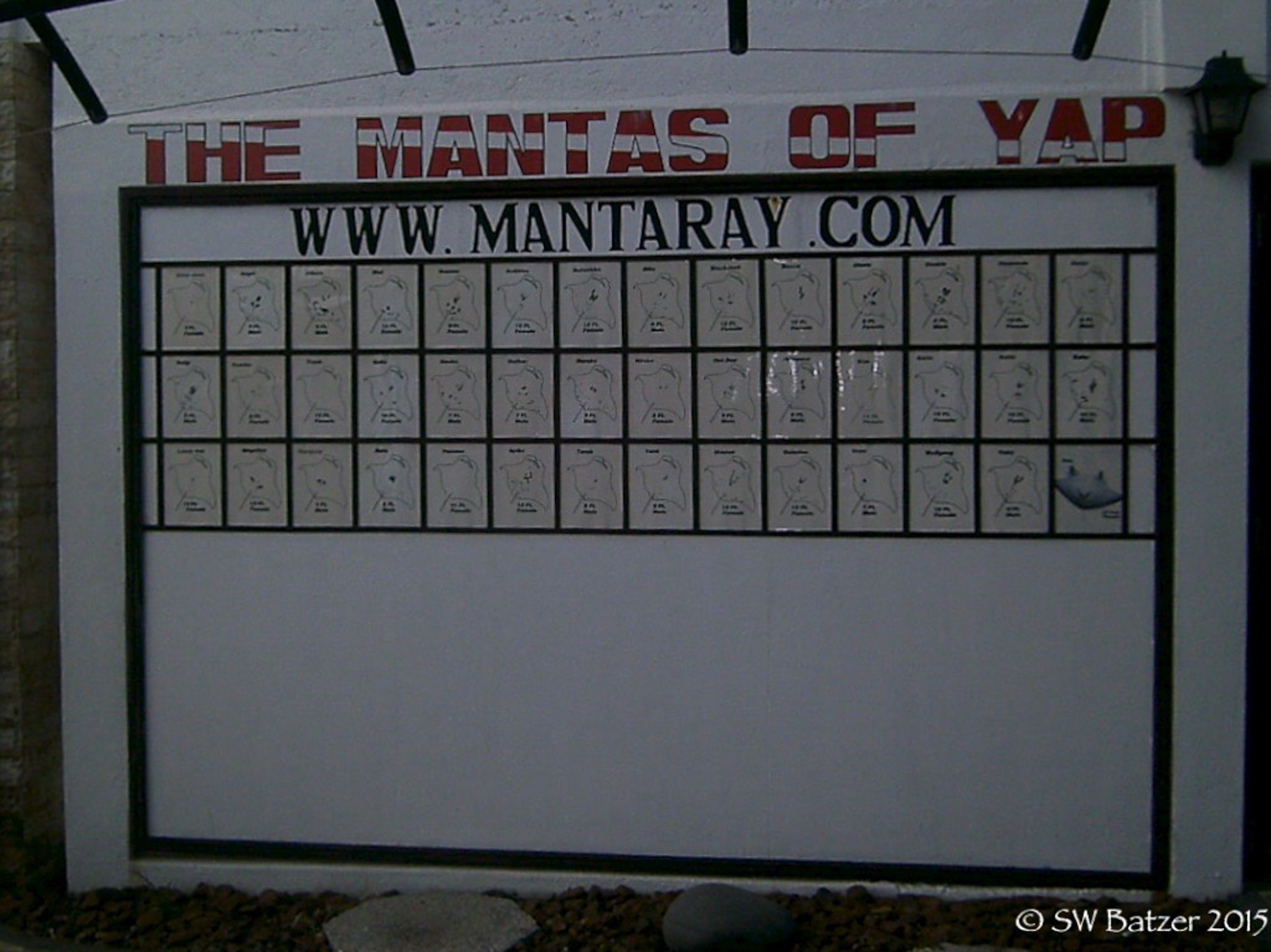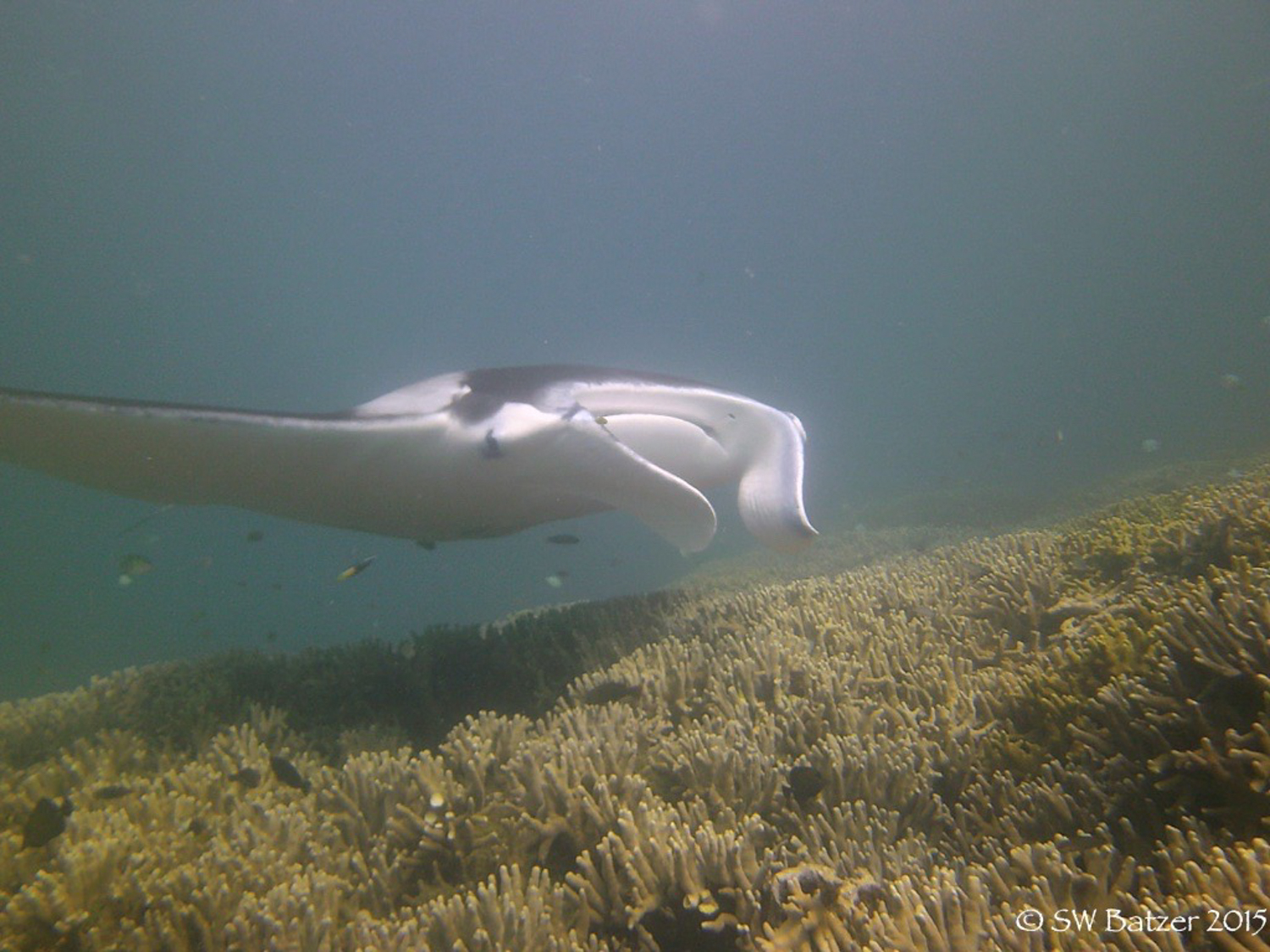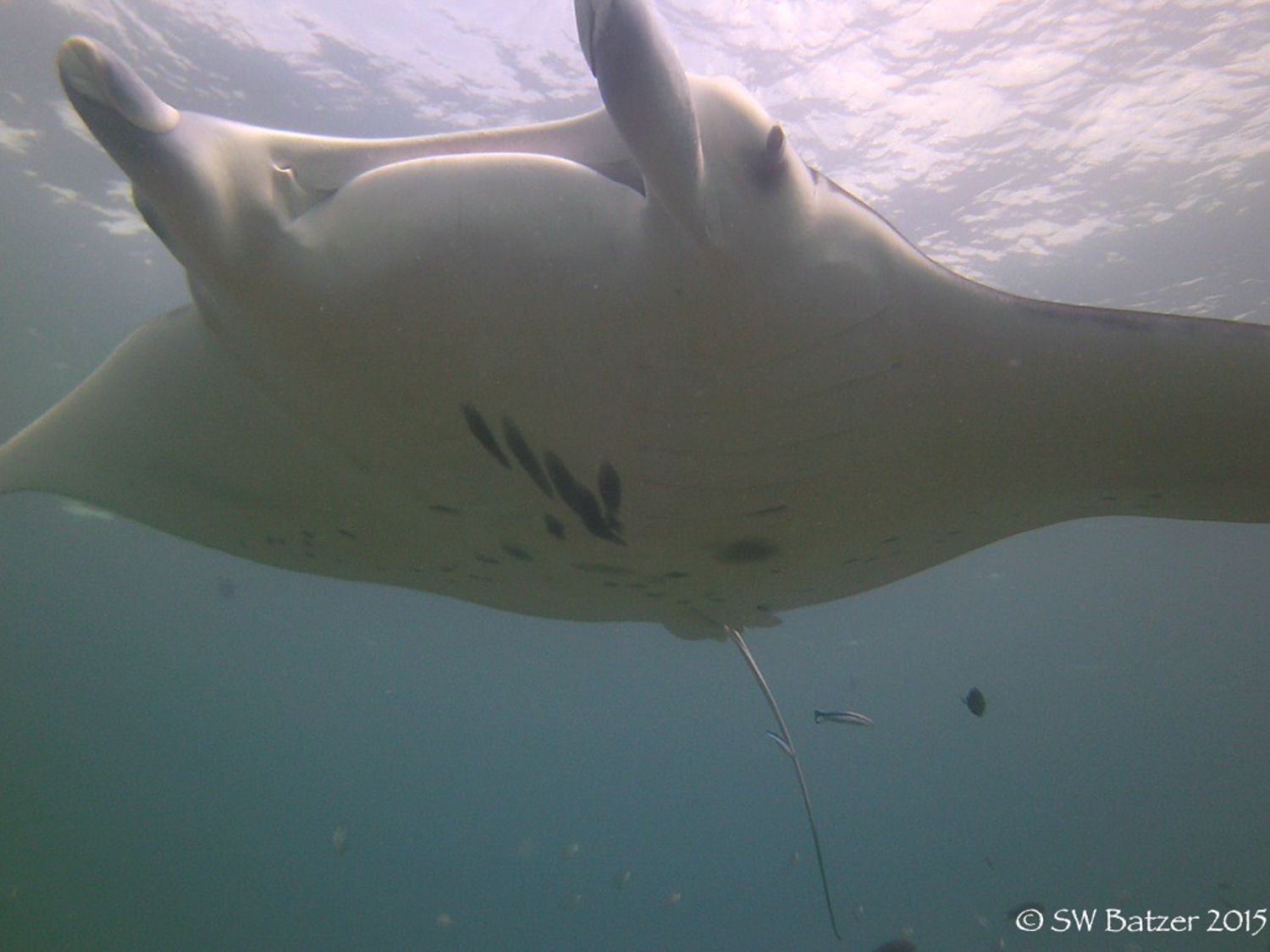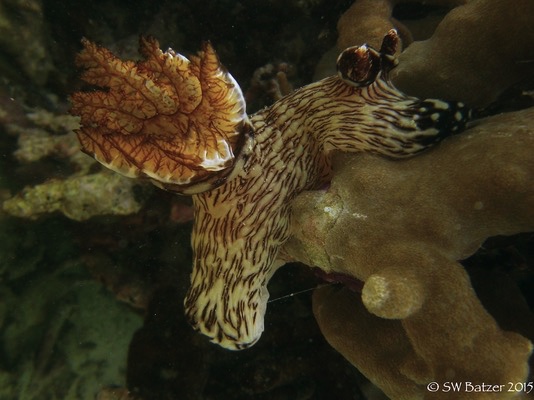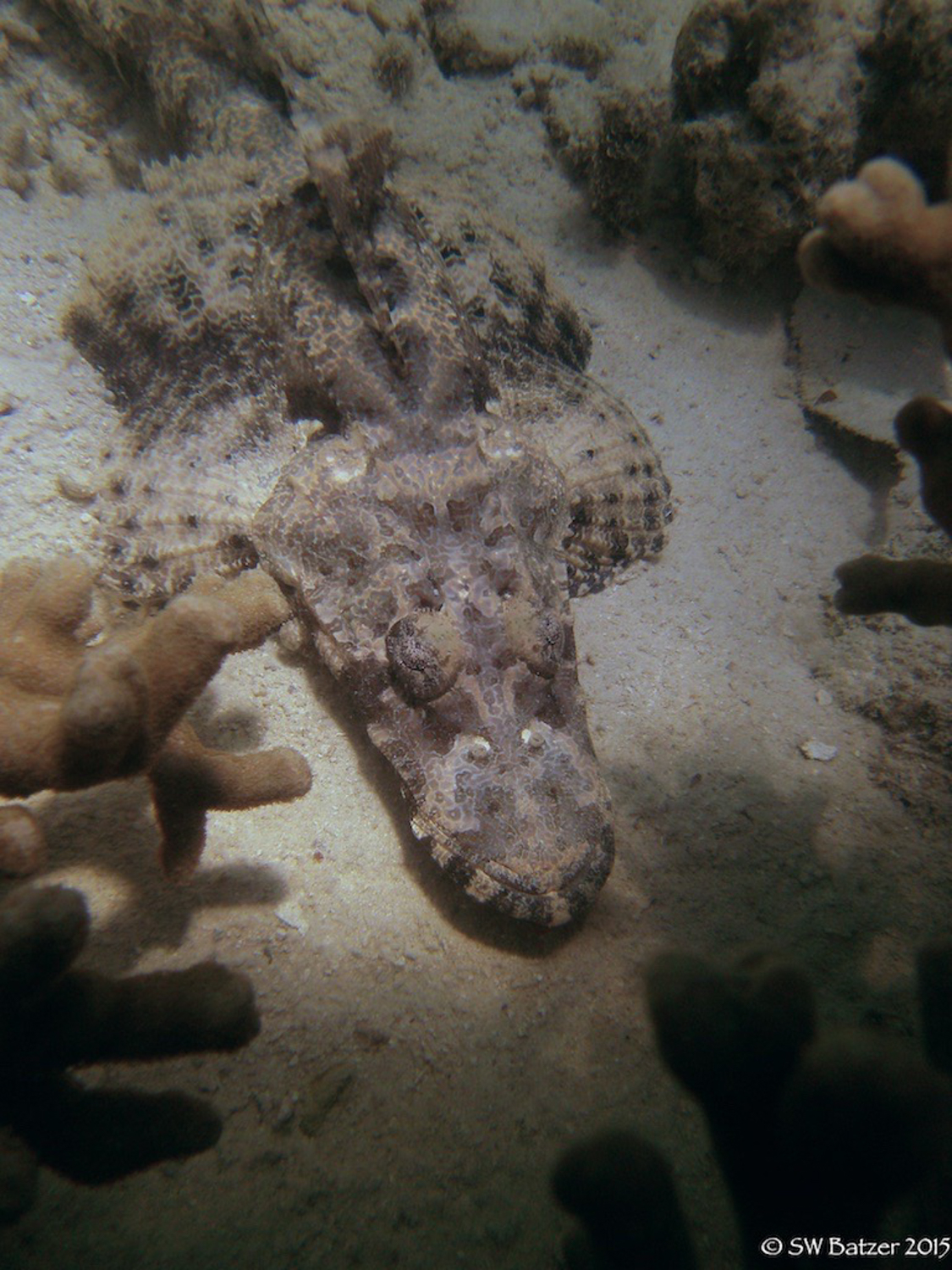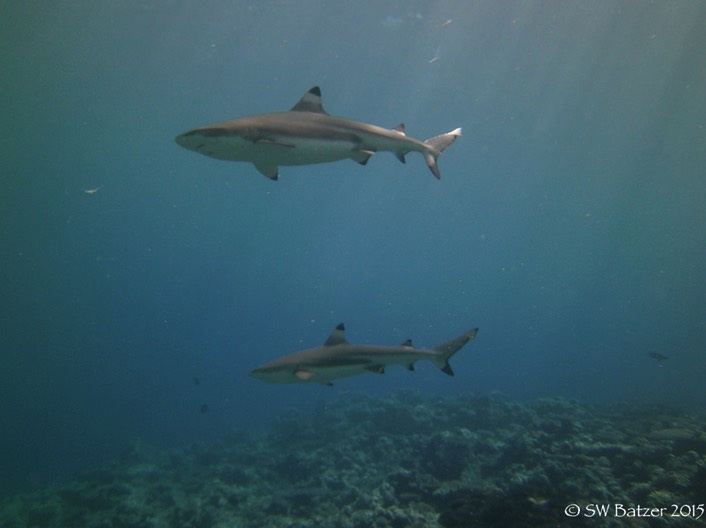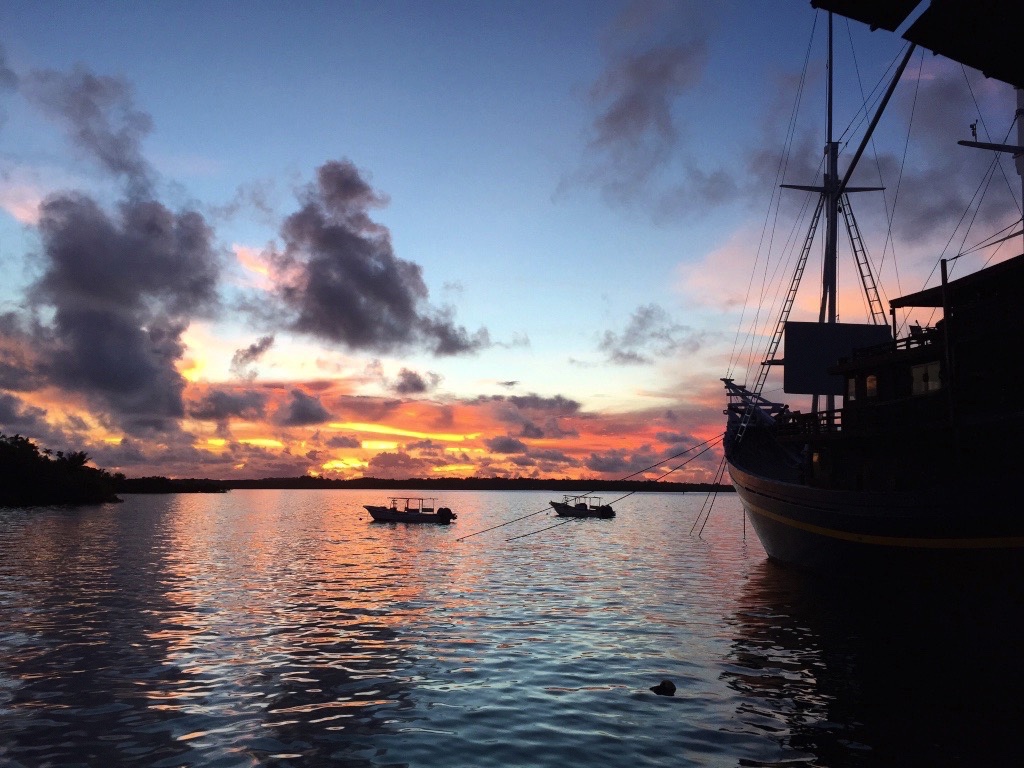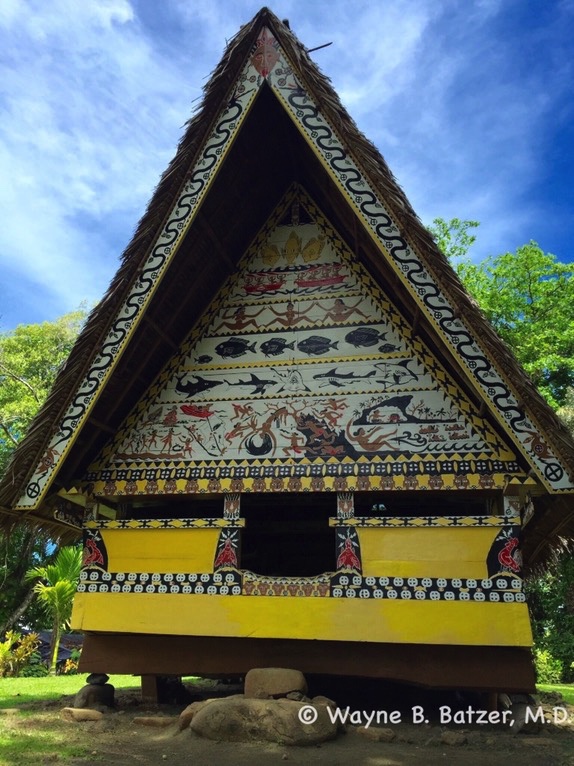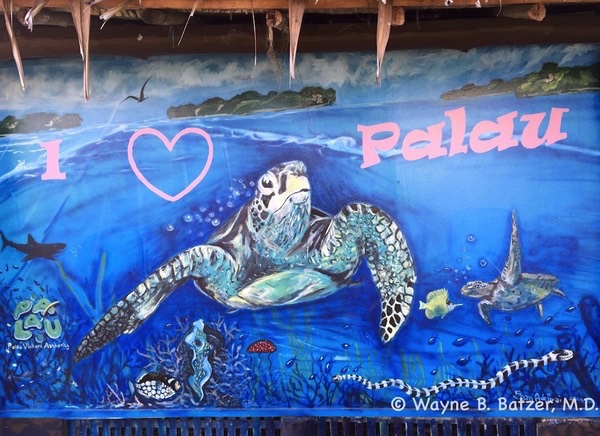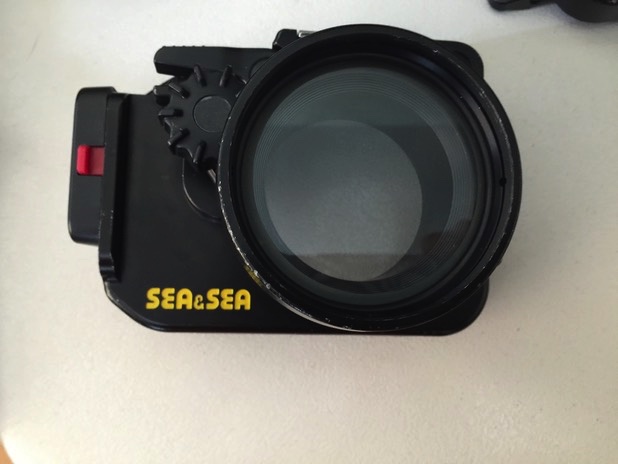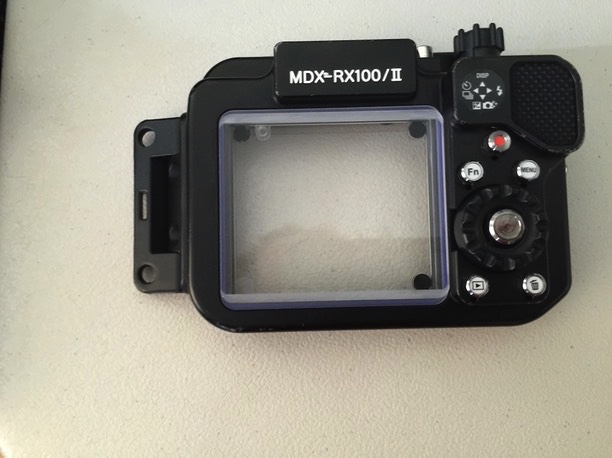July 29, 2015
This summer I signed up for Dean Antolini’s Domestic Ocean and Coastal Law class. I absolutely love taking these environmental law classes - I learn so much about our environment, I get to do research and advocate, and I get to go on field trips! Gotta love those field trips.
Most unfortunately, I was unable to go on the fish market/auction trip or on the Makai to Mauka field trip. Wayne and I had done the second field trip before, so that wasn’t so bad, but I was dying to go see the fish auction. Unfortunately, that morning was my inaugural Board of Directors meeting for Family Programs Hawaii. I needed to go to that one. But that was ok - this field trip was more than awesome. We went to the newly inaugurated (well, inaugurated last year) National Oceanic and Atmospheric Administration Daniel Inouye Pacific Regional Center (NOAA PRC) on Ford Island.
The NOAA PRC is on the northwest corner of Ford Island, and it is constructed using two aircraft hangars, Buildings 175 and 176, which were constructed in 1971. The NOAA PRC had to incorporate these two hangars, still riddled with bullet holes from that fateful day, December 7, 1941, a result of the Japanese attack on Pearl Harbor. These hangars are part of the National Historic Register, and thus much red tape ensued in trying to consolidate the NOAA activities on Oahu. It is home to the National Environmental Satellite Data and Information Service, the National Ocean Service, the National Weather Service, the National Marine Fisheries Service Oceanic and Atmospheric Research Center and Marine and Aviation Operations, the International Tsunami Information Center, and the Pacific Tsunami Warning Center among several others, to include my beloved Papahānaumokuākea Marine National Monument and the Hawaiian Islands Humpback Whale National Marine Sanctuary.
The building is a Leadership in Energy and Environmental Design (LEED) gold rated building. What is a LEED building, you ask? I’d be very happy to tell you! LEED is an internationally recognized green building certification system, providing third-party verification that a building or community was designed and built using strategies aimed at improving performance across energy savings, water efficiency, carbon dioxide emissions reduction, improved indoor environmental quality, and stewardship of resources and sensitivity to their impacts. Points are awarded to those categories, and the total sum yields the rating. The certification threshold for gold is 60-79 points. You can see the guide to certification here.
One of the features is the parking lot - not only does it serve as a parking lot, it captures rain water and routes it to collection tanks that provide water for irrigation and flushing the toilets in the restroom. There are automatic blinds on the Diamond Head and Ewa windows that adjust during the time of day, controlling the direct sunlight entering the building and contributing to the air conditioning and energy management. Notice the use of daylight to minimize the amount of power needed. I just wouldn’t want to clean those windows!
The building has a fascinating air cooling and ventilation system. Cold ocean water from wells deep below the building go into cooling towers on the roof. This cools the air, which flows downward into a main shaft in each hangar, travels under a raised floor, and is vented into the office spaces. The warm air rises and is carried out by the ducting in the false ceiling. I don’t know that the system is perfected, we were sweating bullets as we went through some of the laboratory spaces. The building is powered by a large photovoltaic system - amazing.
The ground floor lobby, exhibits, library and dining facility are a large part of Building A, which interconnects the space between the two renovated hangars. The walls are adorned with photos that used to grace the walls of the NOAA facilities in Hawaii Kai - I was happy to see my friends had been transported.
But enough about the building, time to talk about the field trip!
The class met at the Arizona Memorial parking lot at 8:00 am (well, there were one or two stragglers, but not bad), and those of us with military ID (and car stickers) divvied up the visiting crew. We needed to be across the bridge before 9:00, as it was going to be opened from then until noon. We got across the bridge without incident and made our way to the beautiful structure you see above. We gathered in the dining area outside the (very popular) cafeteria, and waited for our hosts. Paulo Morin and Mike Lamier greeted us as I scurried around getting the field trip waiver signed. Not many people read the waiver, but it was quite clever. Hazards of the trip included crossing a bridge and having conversations with federal employees. Very witty, Dean, very witty.
We were given a very brief tour of the lobby where Mike told us about the construction of the building, and explained the eco-friendly features contained within. We were all duly impressed! Well, I was. From there we entered into the workspaces. The interior conversion of the hangar was truly impressive. Like the connecting building, the hangar makes use of available natural sunlight, and there are research/relaxing areas where you are surrounded by the beauty of Hawaiian plants. The spaces are very open, and sound definitely travels. We really needed to be on our best behavior while there.
From there we went up to the second floor, and walked through the geospatial cubicle area, where we were further chastised to whisper while transiting through the area. I can see that a group of our size would be rather loud, and could cause some serious disruption of any and all work efforts.
We made our way to the Pacific Tsunami Warning Center control room. I personally would call it a war room - multiple displays and computers are behind a glass wall, which is fronted by a conference room. This is the room where the Center team members give their press briefings any time there is an event that requires coverage and monitoring. The computer room and conference room were empty of employees, but we were assured that if an event occurred, the room would be swarming with team members. I can believe it. As a side note, this is a much, much better place for the Warning Center than its predecessor. The former Warning Center was in Ewa Beach, right in the tsunami flood zone. I cannot imagine how difficult it would be to go to and from work if an event actually occurred. I have bicycled past the old Warning Center, and it is relatively modest. It would be hard to house all the scientists simultaneously. I think. The new NOAA building seems like it may be in a flood zone, but I’m going to have to check that out. We were reassured that the building itself is certified tsunami-proof, and in all my time working on Ford Island, I never experienced flooding.
We got to go outside in the socializing zone, and to see the ships (one of which was the NOAA ship Okeanos Explorer), along with the Sea-Based X-band radar (that one is the property of the US Navy). Magnificent, but in 91 degree weather with no trade winds, I wanted to go inside quickly.
From there we were transferred over to Alan Andrews, a dedicated, energetic, and enthusiastic scientist who does bond radio carbon dating and lead radium dating of fish. His work helps to give life history parameters for marine organisms, lending insight into the longeivity of different species. Alan uses a micro drill to go into an odelisk extraction from the ear bones of fish. Based upon levels of radiation in the bones, he is able to date them by comparing it to radioactive fallout from atmospheric atomic experimentation. He also is able to determine age and maturity levels of the fish, and estimates that the life span of fish is grossly underestimated. His findings then are presented in order to inform policy makers on how to regulate commercial and private fishing. His species of the moment, or the species information he shared with us, was of the orange roughy. Very neat.
Following this we did a quick tour of the fish dissection/extraction room, Science on a Sphere (a room sized, global display system that uses computers and four video projectors to display planetary data on a six foot diameter sphere that looks like a giant, animated globe), and then we were whisked off to the conference room to be regaled and impressed by NOAA scientists. We were first impressed by Kelvin Gorospe of the Reef Fish Monitoring and Management Science Center. Kelvin is part of the Fish Ecology and Monitoring Team. The team goes out and does assessments of the types, number, and size of fish throughout the Hawaiian islands. The amount of work that is done by the team members is incredible. For the stationary count, working in pairs, they go dive for a half an hour, collect the data, and then come back up to enter the information into a database. Each diver operates in a virtual cone that extends 7.5 meters on both sides, yielding a 15 meter radius of responsibility. They also do towed diver surveys to target rare, large (>50 cm) species. The last method used is remote underwater videography, which is exactly what it sounds like. A remote controlled device with video camera within. This work is part of the Pacific Reef Assessment and Monitoring Program, and provides scientific information that supports ecosystem approaches to management and conservation of coral reefs. They travel on the NOAA ships Hiʻiʻalakai and Oscar Elton Sette, monitoring 1200 nautical square miles. Human impacts on the numbers of fish and coral are grim. Now comes the question of how to improve our human actions in order to rejuvenate and regenerate our reef ecosystems.
Wayne and I have both been through training similar to that done by the team, albeit only for the island of Oahu. The training was hosted in the Waikiki Aquarium, and we both did many dives where we did our counts and submitted the results online. Wayne did so many of them that his name was actually listed as a major contributor on the website. This was sponsored by Reef Environmental Educational Foundation (REEF). I think this is what started me down my environmental conservation/preservation path. At least where the ocean is concerned. Click on the word REEF above if you are interested in learning more.
Next up with the National Marine Sanctuary Supervisor, Malia Chow. The Hawaiian Islands Humpback Whale National Marine Sanctuary was designated in 1992, and it was the only single species sanctuary in the Nation. The original proposal was only for Kahoʻolawe in the 1970s, but then all waters and islands were later proposed to be included. There is a Sanctuary Council comprised of private citizens, members of the business community, and government. There was little cultural representation originally, but the council is now largely comprised of Native Hawaiians. Malia is moving the Sanctuary in a new direction. The March 2015 Draft Management Plan and Environmental Impact Statement have proposed an ecosystem based sanctuary rather than a single species sanctuary. It will be interesting to see how this develops, especially if the Pacific Northwest Humpback Whale distinct species is delisted. But donʻt get me started on that.
The last part of the day I participated in was the briefing led by Athline Clark, the Papahānaumokuākea Marine National Monument Superintendant. The Monument was established by Presidential Proclamatin 8031 on June 15, 2006. It is managed by the Department of Commerce (NOAA), the Department of the Interior (US Fish and Wildlife Service), and the state of Hawaii (Department of Land and Natural Resources). The Monument is also a World Heritage Site, designated as such in 2010. And itʻs big, measuring approximately 140,000 square miles. This makes it the largest fully protected conservation area under the U.S. flag. It would stretch from New Orleans to Las Vegas. Take that, Texas!
Interesting facts to know, the Monument has over 70 airplane wrecks and over 60 shipwrecks. And did you know that the Vietnam cease-fire was signed on Midway Atoll? I didnʻt, and I went there. Shame on me. And, because of limited access, stones were studied at Mokumonomono that allowed cultural heritage practitioners to return to the main Hawaiian islands and reconstruct heiaus. Impressive. The Monumentʻs purpose is to preserve access for Native Hawaiian cultural activities, to carefully regulate educational and scientific activities, foster visitation in a special area around Midway, to prohibit unauthorized access to the Monument, to phase out commercial fishing over a period of five years, and to ban other resource extraction and waste dumping. Thatʻs a huge order.
We were behind schedule, so we were limited in our questions and answers during these presentations. I left shortly after, and missed the final brown bag presentation in order to get to school in time for my final Professional Responsibility class.
Iʻm going to miss taking my Domestic Ocean and Coastal Law class. Thank you Dean A!


